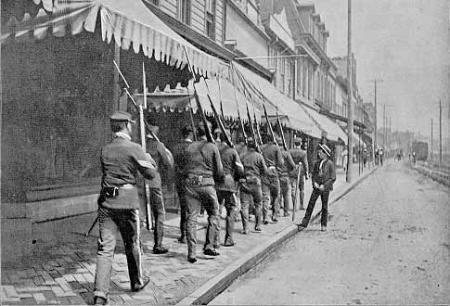@King50000: I don't think Mr. Jamous will be so lucky in California.
@atomicsoda: Indeed. I was simply amazed when I saw Canada just pop into existence (I'm pretty sure it was by revolution, not entirely sure.)
@Sakura_F: *coughs* I have no idea what your talking about... *coughs*
@CaptRobau: Thank you! As for Pago Pago... The Californians got uppity and renamed the entire island because they couldn't say it. We'll go with that.
@Heroicnoodles: Thank you for your enthusiasm in this AAR, posts like that only make me glad to write these.
@rednax7: Indeed. He can both run the Californian Republic, while riding on the back of a swimming moose as President of the United States.
Due to Popular Demand, Empire of the Pacific shall be written up to the year 2001.
@atomicsoda: Indeed. I was simply amazed when I saw Canada just pop into existence (I'm pretty sure it was by revolution, not entirely sure.)
@Sakura_F: *coughs* I have no idea what your talking about... *coughs*
@CaptRobau: Thank you! As for Pago Pago... The Californians got uppity and renamed the entire island because they couldn't say it. We'll go with that.
@Heroicnoodles: Thank you for your enthusiasm in this AAR, posts like that only make me glad to write these.
@rednax7: Indeed. He can both run the Californian Republic, while riding on the back of a swimming moose as President of the United States.
Due to Popular Demand, Empire of the Pacific shall be written up to the year 2001.


















